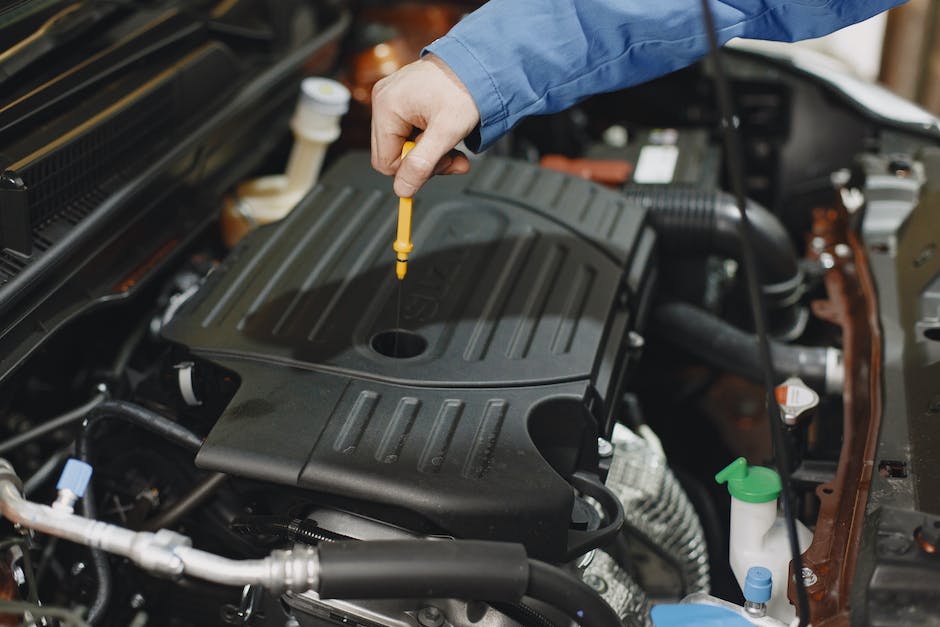자동차 오일 교체는 차량의 엔진을 올바르게 유지하고 오래 사용하기 위해 필수적인 작업입니다. 오일은 시간이 지남에 따라 오염되고 분해되므로 교체 주기를 알고 이를 지키는 것이 중요합니다. 정기적인 오일 교체는 차량 성능을 최적화하고 부품의 수명을 향상시키는 데 도움이 됩니다. 그러므로 자동차 메뉴얼에서 권장하는 주기에 따라 오일 교체를 해주는 것이 좋습니다. 아래 글에서 자세하게 알아봅시다.
Why is regular oil change important?
Regular oil change is essential for maintaining the engine of a vehicle and ensuring its longevity. Over time, oil becomes contaminated and breaks down, making it less effective in lubricating the engine components. This can lead to increased friction, heat buildup, and wear and tear on the engine. By changing the oil at the recommended intervals, you can optimize the performance of your vehicle and enhance the lifespan of its parts.
1. Manufacturer’s recommendation
The most reliable source for determining the oil change interval is the vehicle’s manufacturer. They have conducted extensive testing and research to determine the optimal oil change frequency for your specific vehicle model. The manufacturer’s recommendation can usually be found in the vehicle manual or maintenance guide.
2. Types of driving conditions
The oil change frequency may also vary depending on the type of driving conditions you regularly encounter. If you do a lot of short trips or drive in severe conditions such as extreme heat or cold, off-road driving, or towing heavy loads, the oil may degrade faster and require more frequent changes. These driving conditions can put additional stress on the engine and cause the oil to break down more quickly.
3. Oil quality and type
The quality and type of oil you use can also affect the oil change interval. High-quality synthetic oils tend to last longer and provide better protection for your engine compared to conventional oils. Synthetic oils can withstand higher temperatures and maintain their viscosity longer, reducing the need for frequent oil changes. However, it’s important to consult your vehicle’s manual or a trusted mechanic to determine the appropriate oil type for your specific vehicle.
4. Monitoring oil condition
In addition to following the manufacturer’s recommendation, it’s also a good idea to monitor the condition of your oil regularly. You can do this by checking the oil level and color. If the oil appears dark and gritty or the oil level is low, it may be an indication that it’s time for an oil change. Additionally, some vehicles are equipped with oil life monitoring systems that use sensors to analyze the oil condition and notify you when a change is needed.

윈스톰자동차오일교체주기
Conclusion
Regular oil changes are crucial for maintaining the performance and longevity of your vehicle’s engine. By following the manufacturer’s recommendation, considering your driving conditions, using high-quality oil, and monitoring the oil’s condition, you can ensure that your engine remains properly lubricated and protected. Make it a priority to schedule regular oil changes to keep your vehicle running smoothly for years to come.
마치며
Regular oil changes are crucial for maintaining the performance and longevity of your vehicle’s engine. By following the manufacturer’s recommendation, considering your driving conditions, using high-quality oil, and monitoring the oil’s condition, you can ensure that your engine remains properly lubricated and protected. Make it a priority to schedule regular oil changes to keep your vehicle running smoothly for years to come.
추가로 알면 도움되는 정보
1. Regular oil changes can improve fuel efficiency and help reduce emissions.
2. Neglecting regular oil changes can lead to engine damage and costly repairs.
3. Some vehicles require specialized oil filters, so be sure to use the correct filter during an oil change.
4. The oil change frequency may be different for newer vehicles that use synthetic oil or have advanced engine technology.
5. It’s important to properly dispose of used oil to protect the environment. Many auto shops and recycling centers accept used oil for recycling.
놓칠 수 있는 내용 정리
Regular oil changes are important, but there are other maintenance tasks that should not be overlooked. These include checking and replacing other fluids, such as coolant and transmission fluid, inspecting and replacing air filters, and performing regular inspections of belts, hoses, and other engine components. Following a comprehensive maintenance schedule can help ensure the overall health and longevity of your vehicle.

